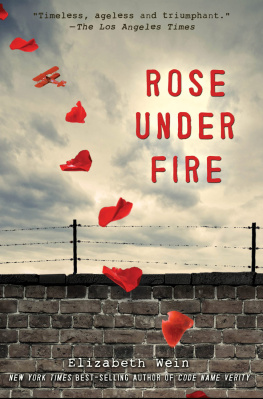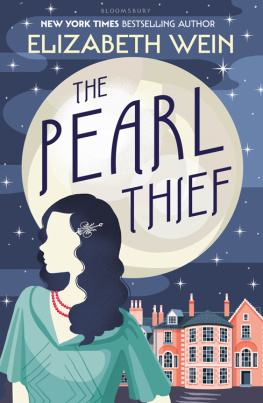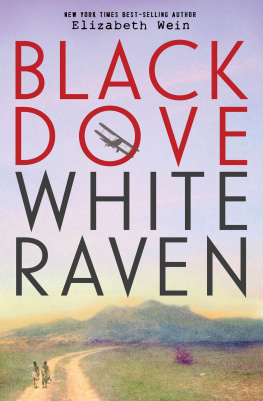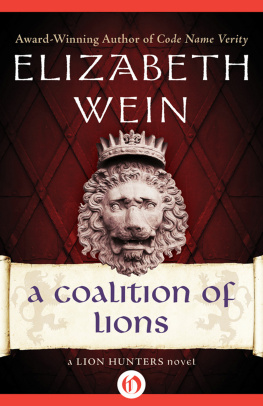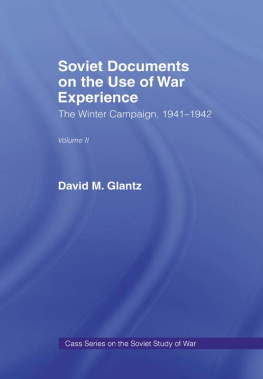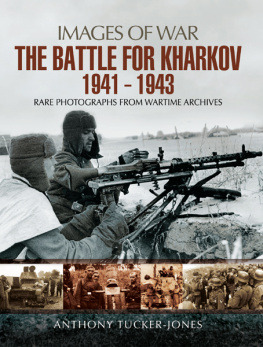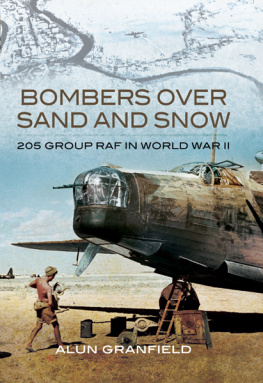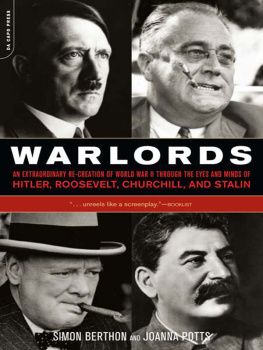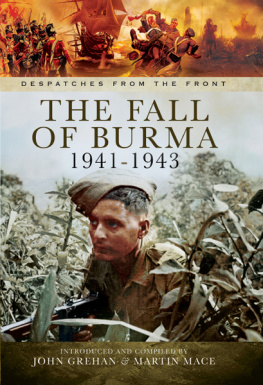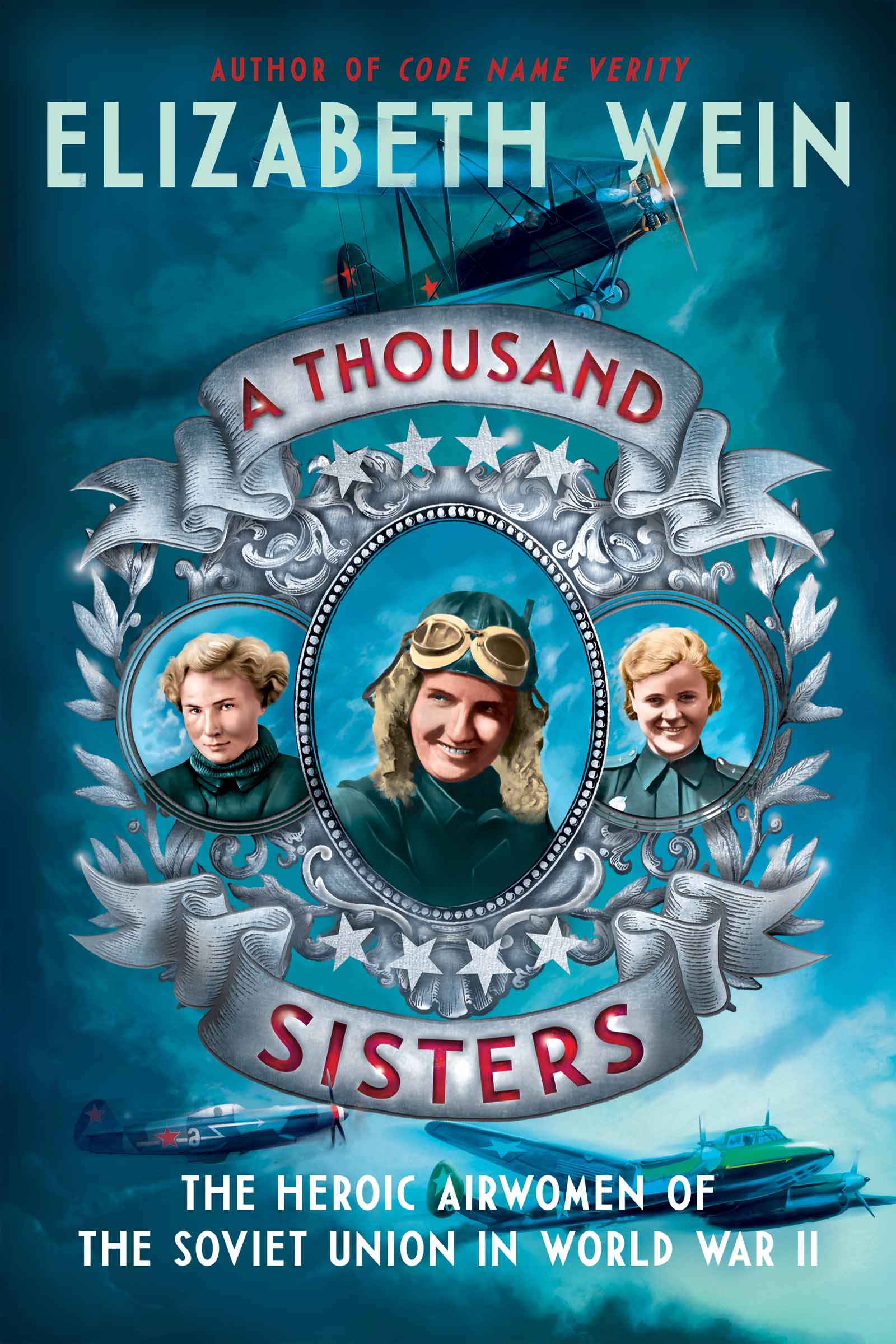
DISCOVER
your next favorite read
MEET
new authors to love
WIN
free books
SHARE
infographics, playlists, quizzes, and more
WATCH
the latest videos
www.epicreads.com
Balzer + Bray is an imprint of HarperCollins Publishers.
A THOUSAND SISTERS: THE HEROIC AIRWOMEN OF THE SOVIET UNION IN WORLD WAR II . Copyright 2019 by Elizabeth Gatland. Map copyright 2019 by Leo Nickolls. All rights reserved under International and Pan-American Copyright Conventions. By payment of the required fees, you have been granted the nonexclusive, nontransferable right to access and read the text of this e-book on-screen. No part of this text may be reproduced, transmitted, downloaded, decompiled, reverse-engineered, or stored in or introduced into any information storage and retrieval system, in any form or by any means, whether electronic or mechanical, now known or hereafter invented, without the express written permission of HarperCollins e-books.
www.epicreads.com
Cover art 2019 by Leo Nickolls Design Ltd
Cover design by Jessie Gang
Digital Edition JANUARY 2019 ISBN: 9780062453044
Print ISBN: 978-0-06-245301-3
18 19 20 21 22 PC/LSCH 10 9 8 7 6 5 4 3 2 1

FIRST EDITION
FOR MY AGENT,
GINGER CLARK,
WHO DESERVES IT
Life is life, and war is war.
GALINA TENUYEVA, PILOT, 125TH GUARDS
* * *
War is war, and life is life.
ANTONINA BONDAREVA, PILOT, 125TH GUARDS
* * *
If the women of the world united, war would never happen!
ALEXANDRA AKIMOVA, NAVIGATOR, 46TH GUARDS

Contents
I magine a blockbuster movie about a world united in battle against Nazi oppression. In this sweeping international epic, black and white American soldiers protect each other under enemy fire in the African desert. A Chinese grandmother leads an army of thirty thousand guerrilla warriors against Japanese invaders. A beautiful French spy escapes murderous Gestapo agents in Paris; in the North Sea, British navy sailors brave a suicide mission against enemy submarines. A starving Greek community defies Nazi soldiers by hanging out thousands of forbidden national flags. And in the fiery skies above Russia, women drop bombs and fly fighter planes in aerial combat against German pilots.
This is the outline for Battle Cry, a movie optioned for Hollywood by director Howard Hawks in the middle of World War II.
In July 1943, Hollywood was fighting World War II along with the rest of the world. The streets of Los Angeles were full of uniformed men and womennot just American, but also British, Canadian, and French. Soldiers, sailors, pilots, and nurses were on their way to war in the Pacific. New bomber planes roared overhead in flight tests.
And moviemakers did their part by creating inspiring war films, designed to help raise peoples spirits and support the troopseven though film sets struggled to hang on to staff, because so many young men were leaving to join the army. Director Howard Hawkss new movie, Battle Cry, would be Hollywoods most sweeping war film of them all.
For six weeks in Los Angeles during that turbulent summer, the American writer William Faulkner worked frantically to turn Battle Cry into a screenplay. Several writers had provided stories for the ambitious outline, and William Faulkner had the tough job of smoothing out its clunky transitions and pulling the whole thing together.
The novelist would later win the Nobel Prize, but he was already famous for his classic Southern epics like The Sound and the Fury and As I Lay Dying. When Warner Brothers offered him a contract to work on patriotic war films, he took it. He needed the money, and he was disappointed he couldnt go to war himselffor William Faulkner was a pilot. The First World War had ended before he completed his flight training, but he often wrote about combat pilots and aerial performers in his fiction. When the United States entered World War II, he tried to enlist as a navy pilot. But he was over forty years old by now, and wasnt accepted.
So working on Battle Cry was William Faulkner's way of contributing to the war against the Nazis. He could use his writing to inspire acts of patriotism and bravery. He could champion freedom and tolerance. He could still help win the war.
Battle cry... rises from the throats of free men everywhere, he wrote, imagining the movie opening with a prophetic voice-over. A defiance, an affirmation and a challenge...
William Faulkner was excited to be working on a plot that starred men and women flying together to defeat the Nazis.
By the end of that hot July, the dry hills of California were the tawny brown of a lion cub that had been rolling in dust. In Los Angeles, thousands of people found their eyes and throats stinging with mysterious fumes. Terrified that the Germans or the Japanese might be targeting the United States mainland, a front-page headline in the Los Angeles Times blared on July 27, City Hunting for Source of Gas Attack. Ironically, the real source turned out to be air pollution from cars and factories. It was LAs first serious battle with smog.
The weather didnt stop director Howard Hawks from getting the cameras rolling on Battle Cry. On July 28, forty actors spent twelve grueling hours filming scenes in a burning wheat field. Meanwhile, William Faulkner rewrote the Russian sequence of the film and typed up the full screenplay.
The Russian story for Battle Cry was based on a short radio play that had aired the year before as part of Treasury Star Parade, a weekly patriotic radio program featuring A-list stars in dramas of wartime heroism from all over the globe. In their play Diary of a Red Army Woman, writers Violet Atkins and William Bacher introduced their American audience to a fictional Russian female bomber pilot.
A woman flying in combat? This was something no one had ever heard of. Even though the war weighed on everyones mind, the full scale of it still surprised people.
The full scale of World War II still surprises people today.
In the year following 1939, the German army, under Adolf Hitler, had taken control of almost every country in Europe. On June 22, 1941, Hitler broke a peace treaty and invaded the Soviet Union, sending his army storming across the huge nation in a battlefront that stretched for over a thousand miles. Hitler detested the eastern European Slavic peoples nearly as much as he detested Jewish people, and from the Baltic Sea to the Black Sea, the German invaders seized crops and burned communities, pushing toward the Soviet Unions major cities.
In Diary of a Red Army Woman, the fictional pilot Tania is furious about the German armys destruction of her village and the murder of her family. She joins the Soviet Air Force with her best friend, Nina, and they form a pilot-gunner team in a bomber plane. Together, the vengeful young duo fights to stamp out Nazi aggression in the Soviet Union.
At that time the Soviet Red Army was the only military in the world that officially allowed women to go into combat. American women spent years persuading the government to let them


